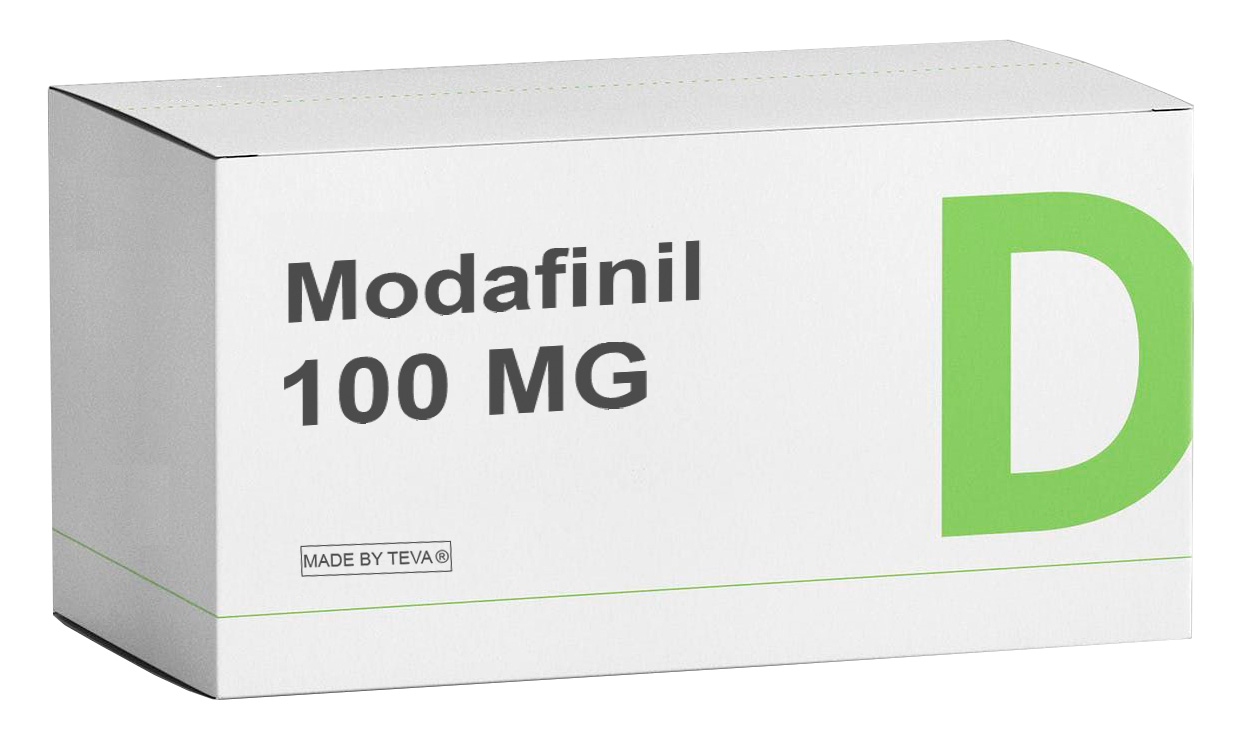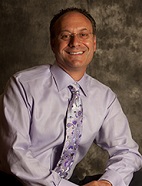Where to Buy Modafinil Online | Obstructive Sleep Apnea
Medically Reviewed by: Ivan F. Stein, DDS
 Safe purchase of Modafinil, without unnecessary risks and loss of time. An effective option for combating the negative manifestations of sleep apnea and constant fatigue.
Safe purchase of Modafinil, without unnecessary risks and loss of time. An effective option for combating the negative manifestations of sleep apnea and constant fatigue.
Brand: Provigil • Active ingredient: Modafinil • Form: Pill
FDA approved
| Dosage | Price per tablet | Where to buy |
|---|---|---|
| 100 mg | $2.50 | Only in pharmacies |
| 200 mg | $4.00 | Only in pharmacies |
Safe Places to Buy
For those who are facing the purchase of Modafinil for the first time, a weighty question is where to safely obtain it. And at this moment every buyer must realize that Modafinil has a Schedule IV classification which means the sale of the drug only by prescription. The most reliable and safe way to purchase Modafinil is to turn to the local pharmacy at the place of residence or in the nearest place. The most reliable and safe way to purchase Modafinil is to turn to the local pharmacy at the place of residence or in the nearest place.
For understanding what Modafinil and Provigil are and what the difference is when purchasing.
- Modafinil is a generic usually released by pharmaceutical companies Teva or Mylan.
- Provigil is the original brand of Modafinil released also by the pharmaceutical company Teva.
Provigil has a high cost, the price starts from $200 to $400 depending on the dosage and number of tablets (not covered by medical insurance). Modafinil is significantly cheaper and in 90% of cases exactly the generic is bought (covered by insurance).
The one who does not want to bother with the purchase in local pharmacies, there exists an option of purchasing Modafinil online. But here is revealed exactly that truth which every buyer must know. The internet is overcrowded with unscrupulous online pharmacies without certification, which offer Modafinil without prescription at very attractive prices, often this is only dust in the eyes, and such pharmacies are only a fraud.
Online Pharmacy Pros and Cons
The factor of popularity of such pharmacies among the young generation is quite obvious, in the modern time online order has become an everyday thing, why so? It is worth figuring this out, to note the pros and cons.
Pros:
1. Convenience – No more wasting time going to a local pharmacy. Upload your prescription to the website and order Modafinil in just a few clicks.
2. Lower prices – Seasonal discounts, subscriptions, and coupon codes significantly reduce the cost of the drug. With health insurance, Modafinil can sometimes be obtained almost for free.
3. Online support – Access to consultations with licensed pharmacists.
4. Confidentiality – There is no personal contact with the pharmacist, and the delivery of the drug comes in neutral packaging, very convenient for those who do not want to publicize the purchase.
5. Delivery to home by the local courier service – convenient, fast, practical.
Cons:
1. Possible delivery delays – the mail or the courier may delay the order.
2. Problems with return – the return or exchange of the medicine is more difficult than in the usual pharmacy.
Average price of Modafinil online
It should be noted that there is no ideal formula of prices for Modafinil, since somewhere it can cost more and somewhere cheaper, the difference is only in the place where you buy. There is an understanding of average prices which can be used as a reference, they are presented below in the table.
USD
| Product name | Strength | Price |
|---|---|---|
| Modafinil | 100 mg | $49.20 |
| Modafinil | 200 mg | $52.80 |
Profitable time for purchasing Modafinil
The most profitable time is considered the season of discounts, at this time Modafinil can be bought at very attractive prices, especially this concerns those who do not have medical insurance.
Another ideal time of purchase is considered when an online pharmacy issues discount coupons, usually their discount is 10-15% they can be applied at any time regardless of the season of discounts.
Who is Modafinil suitable for?
For people with obstructive sleep apnea – Even with proper use of CPAP, daytime sleepiness often remains, which makes additional therapy with Modafinil necessary since it removes this negative effect.
For people with narcolepsy – Modafinil removes spontaneous urges to sleep and returns to them the possibility to feel the same as a normal person.
For people with disturbed sleep biorhythms – especially in demand, it helps to remain productive and collected in the most important moments.
Modafinil in the treatment of Obstructive Sleep Apnea
Obstructive sleep apnea is often accompanied by chronic fatigue and reduced concentration during the day. Most people with this problem complain that they cannot get rid of the feeling of sleepiness, this is a very similar symptom connected with disturbance of natural sleep biorhythms, when a person falls asleep late at night and wakes up at noon, such a sleep regime is considered more harmful than useful and leads to such consequences as daytime sleepiness throughout the whole day.
The effect that can be expected after using Modafinil:
- Helps to maintain alertness during the day if taken in the morning.
- Improves concentration and attention.
For people with obstructive sleep apnea it is not advised to use Modafinil in the second half of the day or in the evening, since the action of the drug lasts during 15 hours, which can affect the sleep regime.
Modafinil is only an additional therapy and does not replace the main treatment of sleep apnea.
What is the secret of Modafinil that Pharmacists do not tell?
Acts milder than standard stimulants – Modafinil does not cause a sharp rise and fall of energy, like caffeine or energy drinks. Its effect is smooth, without a sharp fall in the evening. This is one of the reasons why it is so valued.
1. Focus on wakefulness, not on euphoria – The drug does not give a high or euphoric state. Its action is limited — to remove sleepiness and improve concentration.
2. Very long effect of action – Usually pharmacists write 8–12 hours, but in practice the effect can be felt up to 15–16 hours. Therefore if taken after lunch, one can get insomnia at night.
3. Individual differences – For some people it works perfectly, for others weaker. Effectiveness strongly depends on genetics (variations of the CYP2C19 enzyme influence the speed of metabolism).
4. Influence on mood and cognitive functions – Some note a slight mood lift, improvement of motivation, resistance to stress — but these are not official indications, therefore about this rarely is written.
5. Can reduce the effectiveness of contraceptives – Modafinil accelerates the metabolism of estrogens (through CYP3A4), and hormonal contraceptives work worse. Not all buyers know about this.
[updated September 28, 2025]
Opinion of Dr. Ivan F. Stein about Modafinil
 Ivan F. Stein, DDS, is a recognized innovator in neuromuscular and cosmetic dentistry. He has dedicated two decades of his career to researching and treating functional disorders of the jaw and mouth – including temporomandibular joint disorder (TMD) and excessive snoring caused by obstructive sleep apnea (OSA) – as well as full mouth reconstruction.
Ivan F. Stein, DDS, is a recognized innovator in neuromuscular and cosmetic dentistry. He has dedicated two decades of his career to researching and treating functional disorders of the jaw and mouth – including temporomandibular joint disorder (TMD) and excessive snoring caused by obstructive sleep apnea (OSA) – as well as full mouth reconstruction.
Ivan F. Stein, DDS, is a recognized innovator in neuromuscular and cosmetic dentistry. He has dedicated two decades of his career to researching and treating functional disorders of the jaw and mouth – including temporomandibular joint disorder (TMD) and excessive snoring caused by obstructive sleep apnea (OSA) – as well as full mouth reconstruction.
Dr. Ivan F. Stein, DDS, notes that Modafinil in his practice takes a special place. In his opinion, the drug does not eliminate sleep apnea, but effectively helps to cope with its consequences — chronic daytime sleepiness.
Dr. Stein emphasizes that Modafinil must be used as an additional means to the main therapy. He also draws attention that the prescription must be carried out only under the supervision of a doctor, taking into account the individual characteristics of the patient and concomitant diseases.


